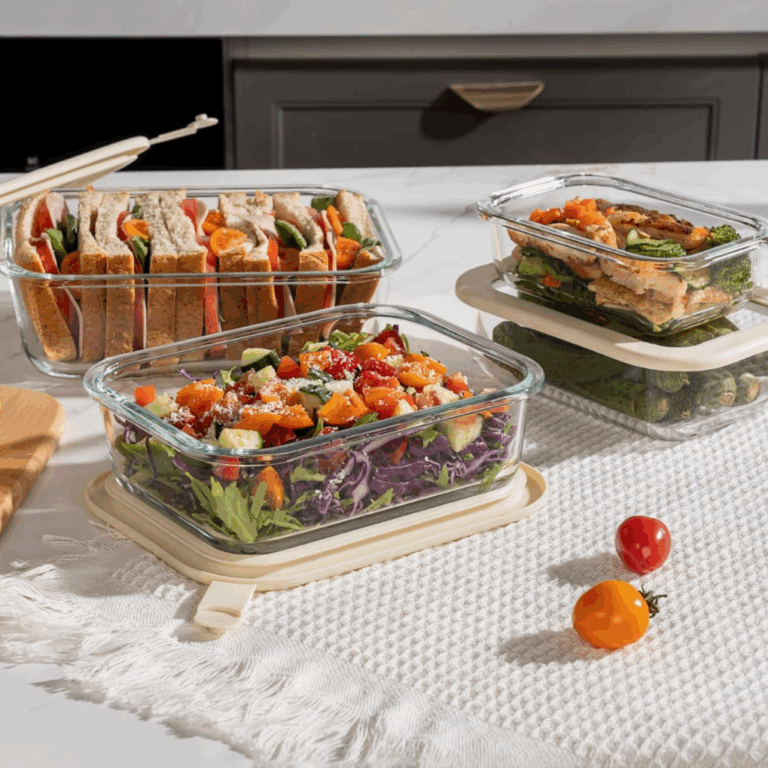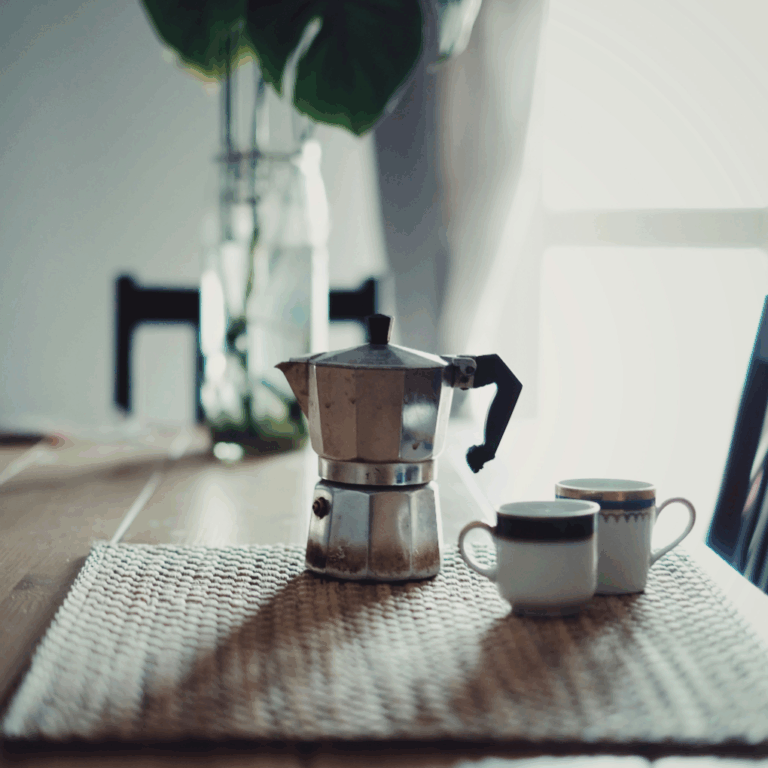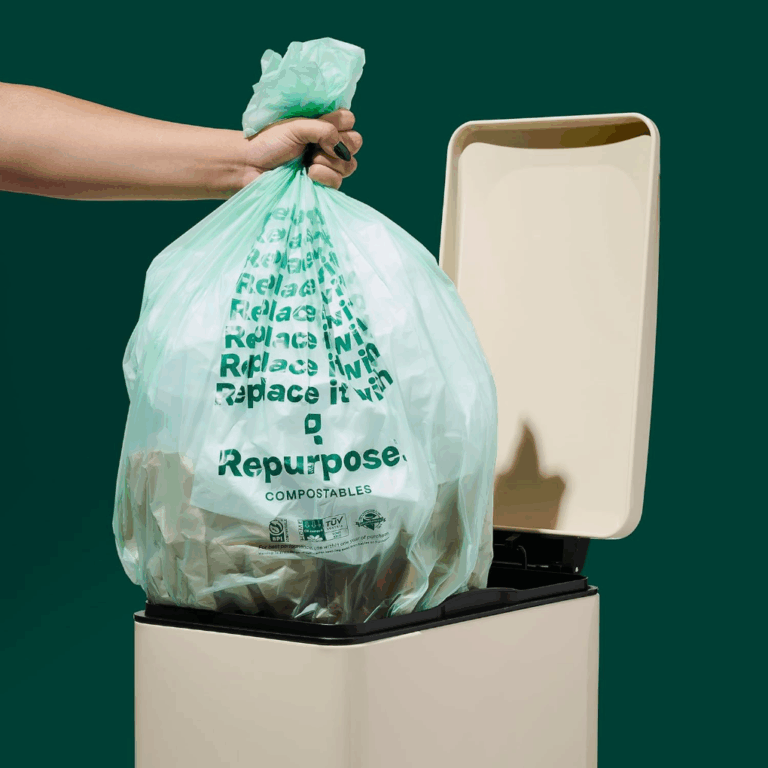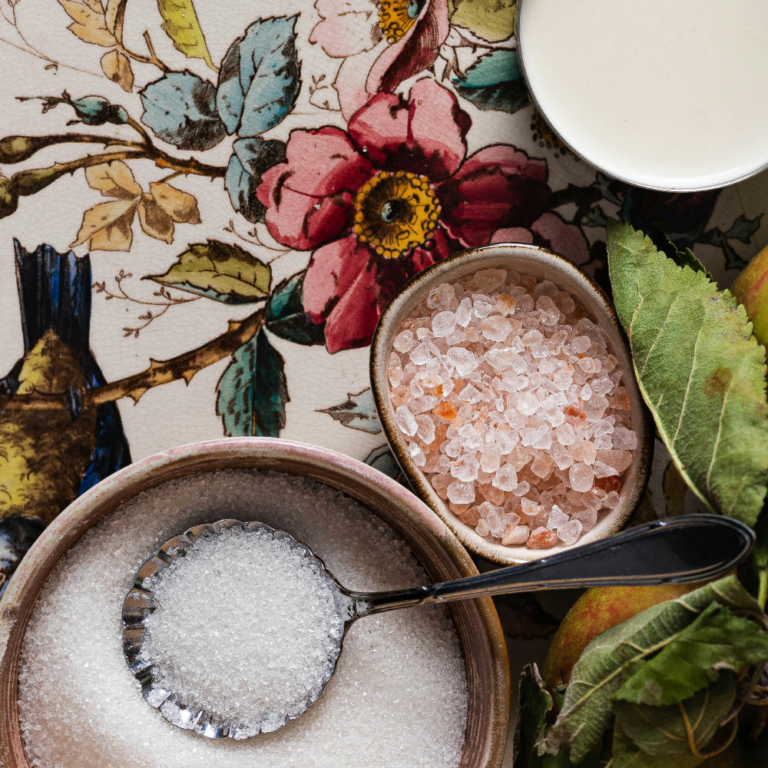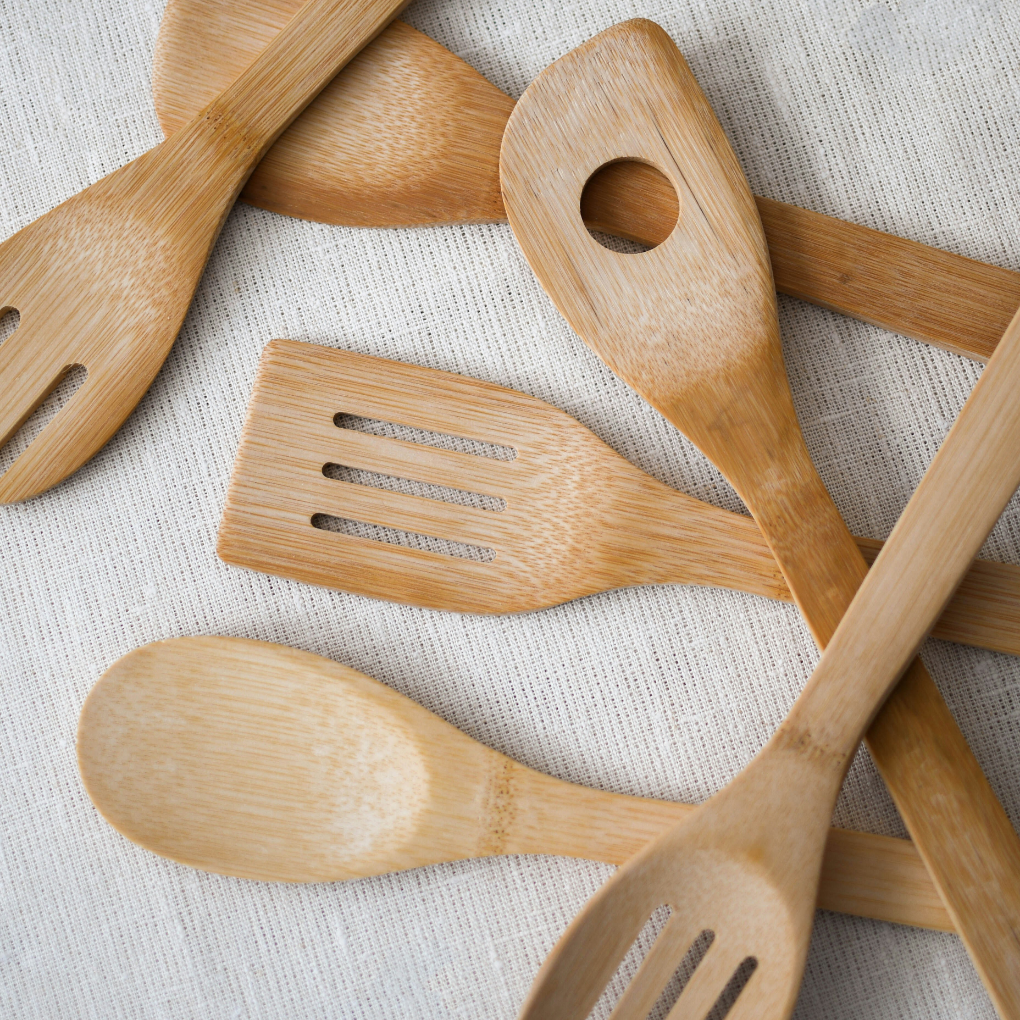
Key Takeaways
- Hand-washing wooden utensils with warm, soapy water keeps them clean and crack-free.
- Deodorize naturally with lemon or baking soda instead of harsh chemicals.
- Regular oiling with food-grade mineral oil or beeswax preserves wood and prevents splintering.
How to Clean Wooden Cooking Utensils is simpler than you might think: wash them by hand with warm, soapy water, dry them right away, and oil them regularly to prevent cracking and splintering. Wooden spoons, spatulas, and salad tongs are some of the most durable and cookware-friendly tools you can own, and with the proper care, they can last for decades. But because wood is porous, it can absorb water, warp under extreme heat, and lose its smooth finish if cleaned incorrectly.
In this guide, you’ll learn exactly how to clean wooden cooking utensils after everyday use, remove stubborn stains and odors, keep them hydrated with the right oils, restore worn surfaces, and know when it’s time to replace them.
How Do You Properly Clean Wooden Spoons and Spatulas?
Daily cleaning is the first line of defense in keeping wooden utensils in excellent shape. Always opt for hand washing over the dishwasher. The high heat and prolonged water exposure in dishwashers can lead to warping, cracks, and splintering.
Right after use, rinse your spoon, spatula, or ladle under warm water to remove food residue before it hardens. Use unscented soap with a washcloth or a bristled brush to scrub the surface gently. Avoid harsh cleaning tools that could damage the finish.
After washing, towel dry thoroughly and then place utensils on a drying rack to air dry completely. This prevents trapped moisture, which can compromise crack prevention and keep your utensils odor-free and stain-free.
If you make this method a habit, you’ll have bacteria-free utensils that look and feel like new for years.
Avoiding Dishwasher Use and Soaking
When it comes to caring for wooden utensils, water and heat are not your friends. While a quick rinse is perfectly fine, prolonged soaking or running them through the dishwasher can cause lasting damage to the wood and the safe, smooth finish you’ve worked to maintain.
Why Dishwashers Damage Wooden Utensils
Wood is naturally porous, meaning it absorbs water easily. In a dishwasher, utensils are exposed to intense heat, harsh detergents, and long cycles of water spray. That combination causes the wood fibers to swell, then contract as they dry, a process that eventually leads to warping, cracking, or splitting.
Dishwashers also strip away the natural oils that protect the surface. Once those oils are gone, the utensil becomes dry, brittle, and more likely to trap bacteria in tiny cracks and raised grain. Prolonged exposure to water will damage your wooden spoons,” says Eunice Byun, co-founder of Material Kitchen, in Martha Stewart. “If the wood absorbs too much moisture, it swells — and eventually cracks.
The Problem With Soaking
Soaking wooden spoons or spatulas in a sink full of water might seem harmless, but even a short soak can cause the same issues as a dishwasher, just more slowly. When wood stays submerged, it absorbs moisture into its fibers, leading to swelling, softening, and eventual warping as it dries.
Once the shape changes, it’s almost impossible to reverse. Over time, that repeated expansion and contraction weakens the wood and increases the likelihood of cracks forming.
Quick Rinse vs. Prolonged Soaking
It’s okay to rinse wooden utensils briefly under warm water after use; in fact, it’s the best way to remove food before it hardens. Just remember: quick is key. Even 30 minutes of soaking can start to raise the grain and roughen the texture.
Common Myths to Skip
You might see social media posts suggesting that boiling wooden utensils sanitizes them. While boiling kills bacteria, it also strips the wood of its natural oils, often leaving spoons dull or warped. The same goes for soaking them in bleach or heavy-duty detergent; these methods clean aggressively but damage the wood’s integrity.
If you want a safe way to sanitize, a quick wipe with a vinegar-and-water solution or a one-minute dip in hot (not boiling) water is all you need.
Best Practices for Safe Cleaning
To keep your utensils looking and performing their best:
✅ Do:
- Handwash with warm, soapy water
- Rinse quickly and dry immediately with a towel
- Allow to air dry thoroughly before storing
❌ Avoid:
- Dishwashers or high-heat drying cycles
- Leaving utensils submerged in water
- Boiling, bleaching, or harsh detergents
By skipping the dishwasher and avoiding soaking, you’ll protect your wooden utensils from cracks, roughness, and discoloration and help them last for years without losing their natural charm.
Don’t Miss: Microplastics — Health Risks, Sources, and How to Reduce Exposure Every piece of plastic we avoid makes a difference. Discover why reducing plastics matters for our health, oceans, and future — and how small daily choices add up to big change. Read more →Remove Stains and Odors from Wooden Utensils
For lingering odors, rub the surface with half a fresh lemon or a small amount of lemon peel oil. This naturally deodorizes the wood without leaving a synthetic fragrance.
For stubborn stains:
- Make a paste from baking soda and water
- Scrub gently with the scratchy side of a sponge or a Scotch-Brite pad
- Rinse thoroughly and dry immediately
Baking soda is mildly abrasive, so it lifts stains without damaging the wood grain. This works exceptionally well for porous wood like bamboo that absorbs color from spices.
Proper Oiling and Conditioning for Wooden Utensils
Regular oiling is one of the most essential steps in caring for wooden utensils. Without proper conditioning, wood loses hydration, becomes dry, and is more prone to splintering and cracking. Oiling acts as crack prevention by sealing the grain and keeping moisture balanced.
Choose a food-grade mineral oil or butcher block oil for routine care. For extra protection and shine, blends of beeswax and petroleum, often sold as wood butters or wood wax, create a smooth, protective coating. Some home cooks like adding a drop of lemon peel oil for a fresh, natural scent, but make sure any oil used is safe for food contact.
How to oil wooden utensils
- Wash and dry the utensil completely.
- If the surface feels rough, lightly rub it with a Scotch-Brite pad to smooth it and open the grain for better absorption.
- Apply a generous but even layer of mineral oil or your chosen conditioning blend with a clean cloth.
- Let the utensil absorb the oil for several hours or overnight.
- Wipe away any excess and finish by buffing the surface until smooth and non-greasy.
For most kitchens, oiling once a month is enough. In dry climates or for utensils used daily, conditioning every two to three weeks will keep them looking and feeling their best.
💡quick care summary
Wooden Cooking Utensils
Want your wooden spoons and spatulas to last for years? Follow these six simple steps.
- Wash by hand with warm water and unscented soap
- Dry immediately with a towel, then air dry completely
- Remove stains with baking soda paste and gentle scrubbing
- Deodorize with fresh lemon or lemon peel oil
- Oil monthly with food-grade mineral oil or beeswax blend
- Replace if cracked, splintered, or holding stubborn odors
How to Restore Wooden Utensils to Like-New Condition
Over time, even the best-cared-for utensils can become rough, fuzzy, parched, or slightly discolored. Instead of tossing them, you can bring them back to life with a few simple restoration steps.
Steps to repair and restore wooden utensils:
- Sand the surface lightly with fine-grit sandpaper to remove rough patches, fuzziness, or minor surface cracks.
- Wipe away sanding dust with a damp cloth so the surface is clean before conditioning.
- Apply a woodcare package treatment using food-grade mineral oil, wood wax, or wood butters.
- Let the oil or wax absorb for several hours or overnight to rehydrate the wood.
- Buff the surface with a clean cloth until smooth and well-conditioned.
If cracks are deep or the utensil feels structurally weak, it’s best to replace it rather than restore it. With proper maintenance, many utensils can be brought back to near-new condition and continue serving your kitchen for years.
When to Replace Wooden Utensils
Not all wooden utensils are created equal. Choosing the right ones will give you tools that last for years, while knowing when to replace them keeps your cooking safe and hygienic.
How to choose quality wooden utensils:
- Look for hardwoods such as maple, beech, or olive wood for durability
- Consider bamboo for a lightweight, affordable, and strong option
- Check for a smooth finish with no rough patches or splinters
When to replace wooden utensils:
- Large cracks or severe splintering are visible
- Deep discoloration remains even after cleaning
- Persistent odors linger despite thorough cleaning
How to Sanitize and Deep Clean Wooden Utensils
Sometimes routine cleaning isn’t enough, especially after preparing raw meat, cutting strong-smelling foods, or when you want to be sure your utensils are truly bacteria-free. Deep cleaning helps maintain hygiene and keeps utensils odor-free and stain-free.
Hot soapy water is the safest regular option. Wash your wooden spoons, spatulas, or even wooden bowls and wooden cutting boards by hand, scrubbing with the scratchy side of your sponge to loosen any residue. Rinse well and air dry completely.
For a deeper sanitize:
- Boil wooden spoons for 1–2 minutes to kill bacteria (only occasionally to avoid damage from extreme heat)
- Use a vinegar-and-water solution to disinfect without chemicals; wipe the surface thoroughly, rinse, and dry
- Avoid extended water submersion, which can cause swelling or warping
If your utensils still feel rough after sanitizing, include a woodcare package step: lightly sand, re-oil, and buff to restore a smooth surface.
💡tips
Final Care Suggestions
- Never soak wooden utensils overnight
- Store in a dry, ventilated space
- Avoid leaving them in a damp pot or pan
- Never use the dishwasher for sanitizing wooden utensils
FAQs About How to Clean Wooden Cooking Utensils
Yes, wood can absorb lingering aromas from foods like garlic, onion, or tomato sauce because it’s naturally porous. To remove these smells, sprinkle baking soda over the surface, rub it with half a lemon, and rinse with warm water. Let it dry completely before storing. Regular oiling also helps seal the wood, making it less likely to absorb odors in the future.
White vinegar is a safe, natural disinfectant for wood. Wipe the utensil with diluted vinegar, rinse with warm water, and dry immediately. Avoid using hydrogen peroxide for regular cleaning, as it can lighten the wood and dry it out over time. Save it only for occasional deep sanitizing if needed.
Yes. Bamboo utensils need the same handwashing and quick-drying routine as wooden utensils. Bamboo is slightly more water-resistant, but soaking or using the dishwasher can still cause it to warp or split. Oiling bamboo tools keeps them smooth and prevents them from drying out.
Place a few drops of water on the surface. If the droplets sit on top, your utensil is sealed. If the water absorbs or darkens the wood, it’s unfinished and needs conditioning. Regular oiling builds a natural barrier that keeps wood from drying and helps protect it from stains and cracks.
Final Thoughts on How to Clean Wooden Cooking Utensils
Learning how to clean wooden cooking utensils isn’t just about maintaining beauty; it’s about preserving their longevity and sustainability. By sticking to gentle, hand-washing routines, thorough drying, and regular oiling, your wooden tools can remain functional and beautiful for years, possibly even becoming kitchen heirlooms.
Whether you’re freshening up stained spoons or restoring a worn spatula, these simple practices will keep your culinary companions in top condition.
Don’t Miss: Ways to Be Zero Waste — 101 Easy Swaps You Can Start Today Ready to take your eco-friendly habits beyond the kitchen? Discover simple zero-waste swaps that make sustainable living effortless and inspiring. Read more →